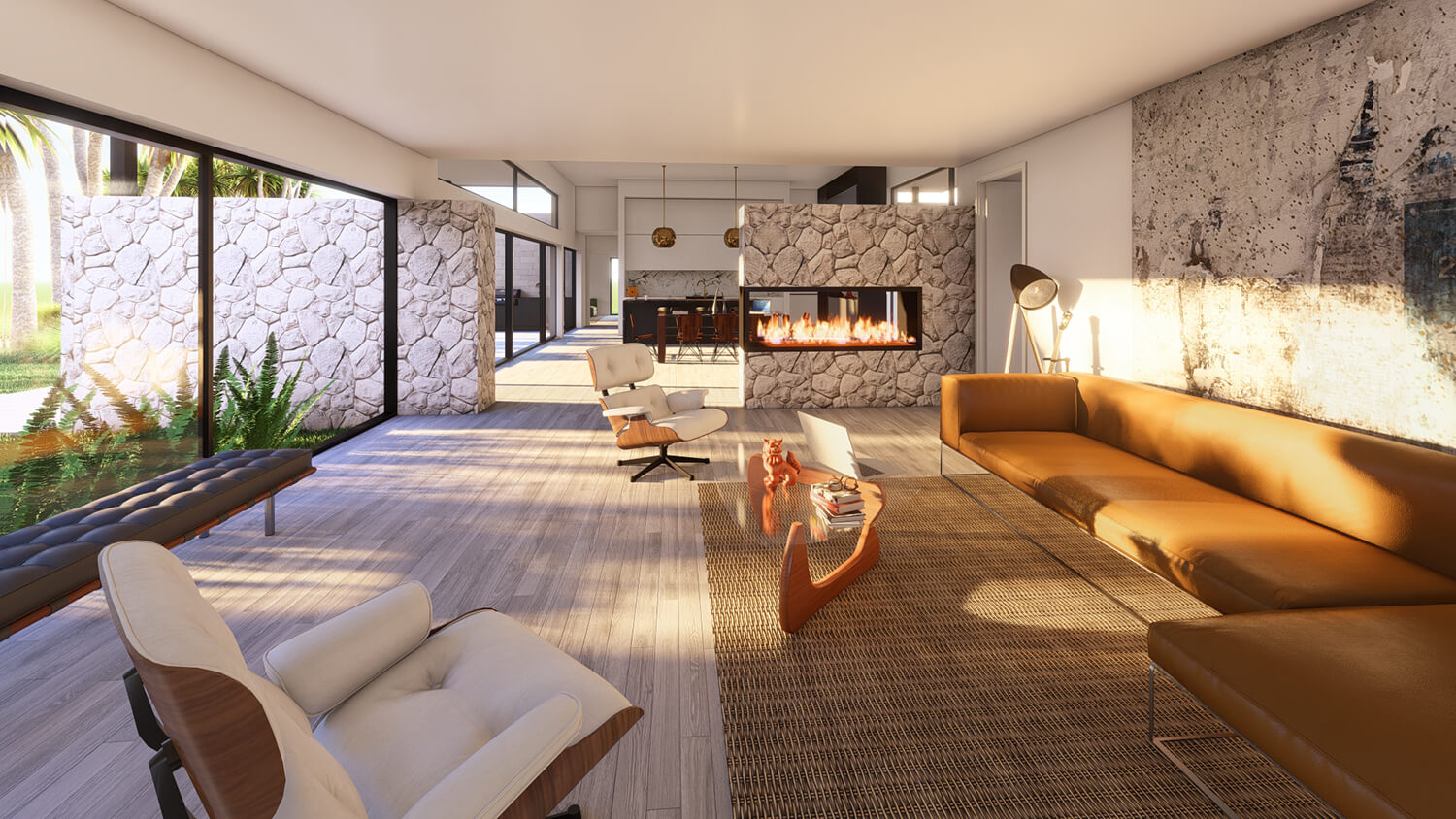A detailed breakdown of the cost of rebuilding a house
Rebuilding a house is a monumental endeavor that necessitates meticulous planning, precise budgeting, and a comprehensive understanding of the expenses involved. In this concise guide, we will provide an overview of the key factors that influence the cost of rebuilding a house. From the initial assessment to labor costs and unforeseen expenses, we will shed light on the crucial elements that contribute to your budget.
Assessing the Scope of the Project
1. House Size and Layout
The size and layout of your house are fundamental determinants of the project’s cost. Larger homes naturally require more materials and labor, resulting in higher expenses. Furthermore, houses with intricate layouts, multiple stories, or unique architectural designs can increase the complexity of the construction process, impacting both time and budget.
2. Demolition and Debris Removal
Before the rebuilding process can commence, the existing structure must be demolished, and debris needs to be efficiently removed from the site. The cost of this initial step is contingent on several factors, including the size of the current house, its condition, and the disposal regulations in your area. Older homes or those with extensive damage may require more substantial demolition efforts, potentially increasing expenses.
Planning and Design
3. Architectural Services
Engaging an architect is a pivotal step in the rebuilding process. Their expertise is instrumental in designing a functional and aesthetically pleasing house. Architectural services often come with a fee based on the complexity of the project, the level of customization required, and the reputation of the architect. While it may seem like an added cost, a well-thought-out design can save you money in the long run by optimizing the use of space and materials.
4. Building Permits
Securing the necessary permits from local authorities is an essential aspect of any construction project. Permit costs can vary significantly depending on your location and the scope of your project. It’s crucial to allocate funds for this purpose and ensure compliance with local regulations to avoid costly delays or fines.
Material Costs
5. Foundation and Framing Materials
The foundation and framing of your house are the backbone of its structural integrity. Material costs for these components can fluctuate based on market conditions, availability, and location. Concrete, steel, and lumber are among the primary materials used in this phase. To manage costs effectively, consider sourcing materials from reputable suppliers and exploring options for sustainable or recycled materials.
6. Exterior Finishes
Siding, roofing, and windows are critical elements that protect your home from the elements and enhance its curb appeal. The choice of materials significantly influences both the cost and durability of these components. High-quality, durable materials may have a higher upfront cost but can provide long-term savings by reducing maintenance and replacement expenses.
7. Interior Materials
Selecting materials for interior finishes such as flooring, cabinetry, and countertops requires careful consideration. The quality and type of materials impact both the cost and the overall aesthetic of your home. You can strike a balance between cost and quality by exploring various options and consulting with experts in interior design and construction.




